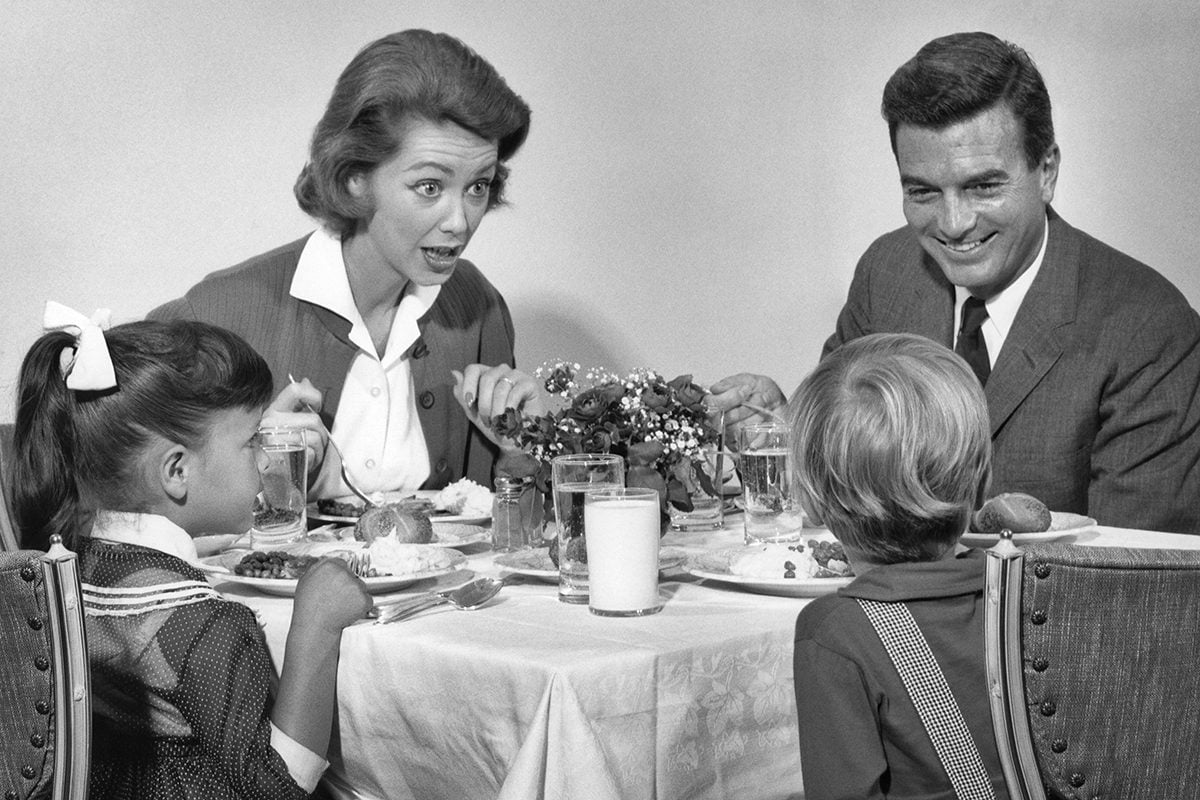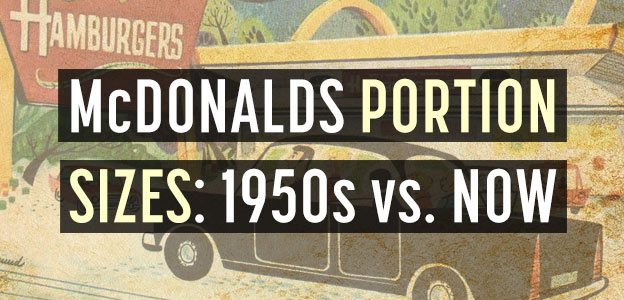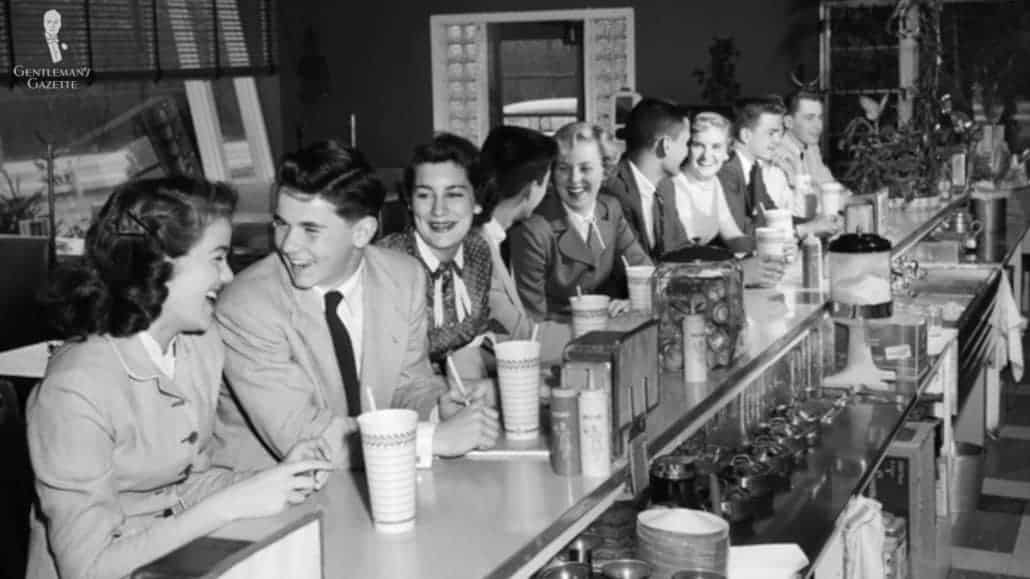The 1950s and today are two distinct periods in time with significant differences in societal norms, technology, and culture. While both eras have their own unique characteristics, it is interesting to compare and contrast the way of life in the 1950s with that of today.
One major difference between the 1950s and today is the level of technological advancement. In the 1950s, computers were just beginning to emerge and were primarily used for scientific and military purposes. The first commercial computer, the UNIVAC, was developed in the 1950s and was used primarily by large businesses and government agencies. In contrast, today, computers and other forms of technology, such as smartphones and the internet, are integral parts of everyday life and are used by people of all ages and walks of life.
Another significant difference between the 1950s and today is the societal norms and expectations for men and women. In the 1950s, traditional gender roles were heavily emphasized, with men expected to work and provide for their families while women were expected to stay at home and care for the household and children. These gender roles were further reinforced by popular media, such as television shows and advertisements, which often portrayed men as breadwinners and women as homemakers. In contrast, today, gender roles are much less rigid, and both men and women have more flexibility and opportunities in terms of career and family life.
Cultural trends and values also differed significantly between the 1950s and today. In the 1950s, popular culture was heavily influenced by the post-World War II boom and the emergence of rock and roll music. Television shows and movies often reflected the conservative values of the time, with a focus on traditional family structures and gender roles. In contrast, today, popular culture is much more diverse and reflects a range of values and perspectives.
In terms of social issues, the 1950s and today have also seen significant changes. In the 1950s, civil rights issues were a major concern, with the civil rights movement gaining momentum in the fight against segregation and discrimination. Today, while progress has been made in many areas, issues such as racial and social justice, climate change, and LGBTQ+ rights are still important and ongoing concerns.
Overall, while the 1950s and today have many differences, they also have some similarities. Both periods have been shaped by significant historical events and cultural trends, and both have seen significant technological advancements. However, the ways in which people live, work, and interact with one another have changed significantly over the past 70 years, reflecting the evolution of society and the world at large.

/cdn.vox-cdn.com/uploads/chorus_asset/file/2316904/giant_chickens.0.jpg)




